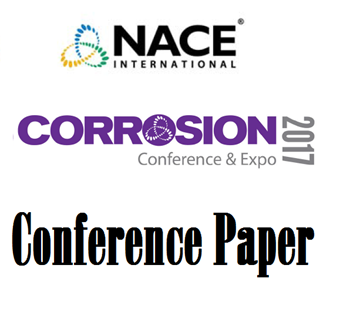Search
51316-7575-Reinforcement Assesment of Natural Gas Road Crossings Using Composite Repair
Also Purchased
51316-7562-Factors which Affect the Performance of Composite Repair Systems
Product Number:
51316-7562-SG
ISBN:
7562 2016 CP
Publication Date:
2016
$20.00
51317--9506-Testing and Design of Nonmetallic Composite Repair Systems for Pipeline Intergity
Product Number:
51317--9506-SG
ISBN:
9506 2017 CP
Publication Date:
2017
$20.00
51312-01686-Composite Repair of Pipelines with Axial Flaws
Product Number:
51312-01686-SG
ISBN:
01686 2012 CP
Publication Date:
2012
$20.00




